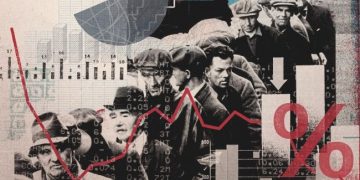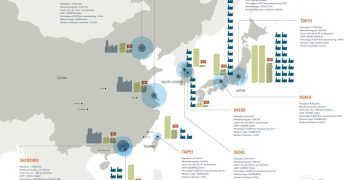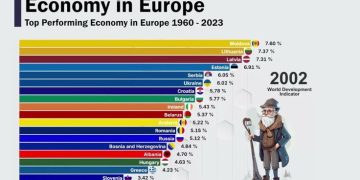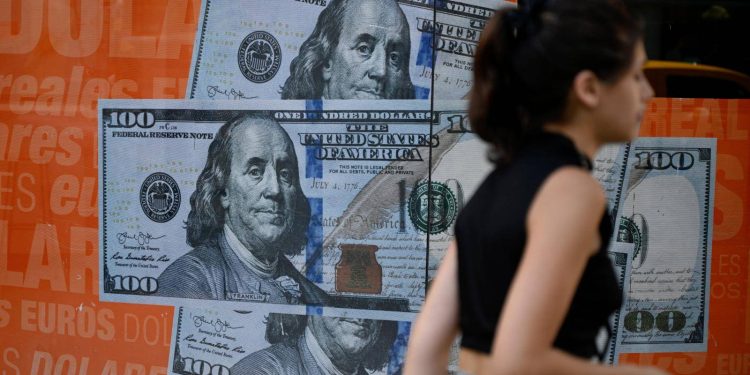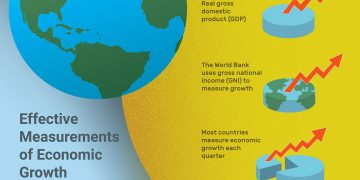The U.S. Dollar Index has been experiencing intense volatility recently, stirring significant concern and debate across global financial markets. As the primary reserve currency and a cornerstone of international trade and finance, fluctuations in the dollar’s value ripple far beyond U.S. borders, impacting asset prices, capital flows, and economic stability worldwide. In this environment of heightened dollar volatility, investors and portfolio managers face a critical challenge: how to identify reliable anchor points within global asset allocations to mitigate risks and maintain portfolio resilience.
Why Is the Dollar Index So Volatile?
The dollar’s recent turbulence can be attributed to a combination of complex, interconnected factors:
- Monetary Policy Divergence: Shifts in the Federal Reserve’s stance—whether toward tightening or easing—directly influence dollar interest rates and investor expectations. Mixed signals and changing guidance have fueled speculative moves in currency markets.
- Economic Growth Differentials: The relative pace of economic recovery and growth between the U.S. and other major economies like the Eurozone, Japan, and China affects capital flows and demand for the dollar.
- Geopolitical Uncertainty and Safe-Haven Demand: In times of geopolitical tension or market stress, the dollar often strengthens as a perceived safe haven. Conversely, improved risk appetite tends to weigh on the dollar.
- Inflation and Trade Dynamics: Persistent inflation pressures and evolving trade policies add layers of uncertainty, amplifying exchange rate swings.
How Does Dollar Volatility Impact Global Assets?
The ramifications of sharp dollar fluctuations are widespread and multifaceted:
- Emerging Market Vulnerabilities: Many emerging economies and corporations carry dollar-denominated debt. A stronger dollar increases their repayment burdens, potentially triggering capital outflows, currency depreciation, and asset price declines.
- Commodity Price Sensitivities: Commodities, often priced in dollars, tend to move inversely with the currency. A rising dollar generally depresses commodity prices, impacting commodity exporters and related investments.
- Currency Risk in Cross-Border Investments: Investors holding foreign assets face amplified exchange rate risk, increasing portfolio volatility and complicating return projections.
- Developed Market Asset Fluctuations: Dollar moves influence U.S. interest rates and liquidity conditions, which in turn affect global equity and bond markets, often heightening systemic risk.
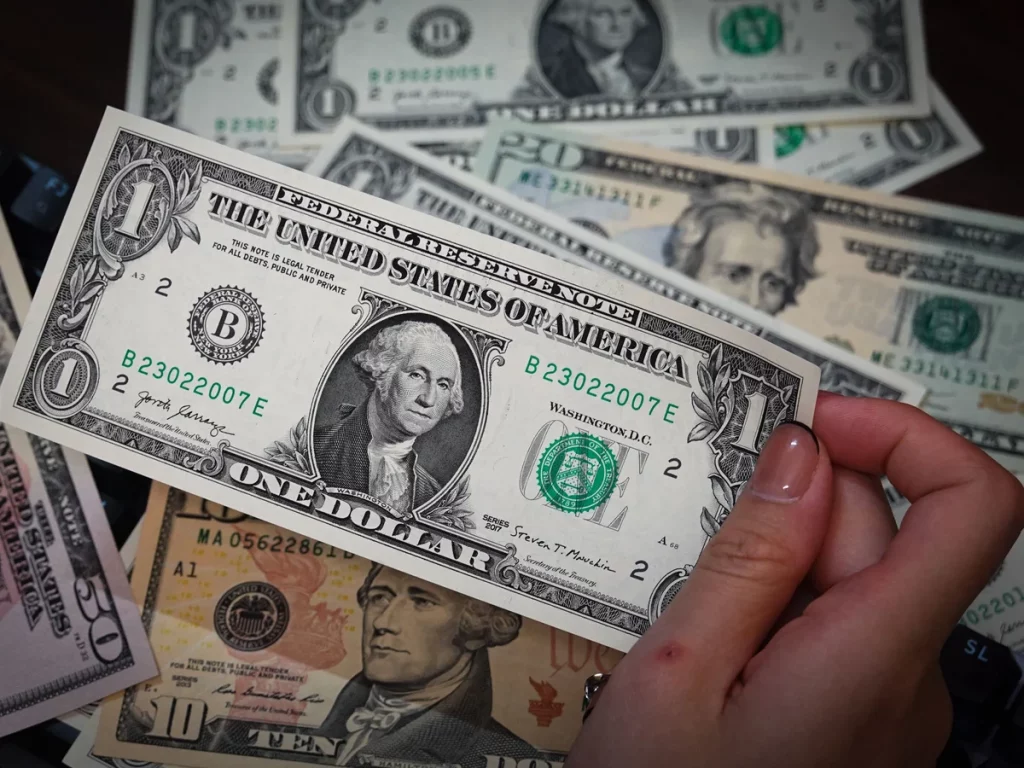
Strategies for Finding Anchor Points Amid Dollar Turbulence
To navigate these challenges, investors can consider several approaches to stabilize their portfolios:
1. Diversify Currency Exposure
Incorporating assets denominated in other major currencies such as the euro, yen, and pound, as well as select emerging market currencies like the Chinese yuan, helps reduce reliance on the dollar and smooth overall volatility.
2. Allocate to Real Assets and Commodities
Gold and other precious metals have traditionally served as reliable stores of value during periods of currency stress. Additionally, certain commodities tied to long-term economic trends, like copper and lithium, can offer a natural hedge.
3. Emphasize High-Quality Bonds and Inflation-Protected Securities
Investment-grade sovereign and corporate bonds provide defensive qualities, while instruments like Treasury Inflation-Protected Securities (TIPS) guard against inflation and currency depreciation risks.
4. Employ Multi-Asset and Tactical Allocation Strategies
Blending diverse asset classes, regions, and investment styles—with an overlay of quantitative and hedging techniques—can enhance risk-adjusted returns and buffer against dollar-driven shocks.
5. Target Assets with Low or Negative Correlation to the Dollar
Certain sectors or markets—such as domestic-oriented emerging economies or technology innovation spaces—may be less sensitive or inversely correlated to dollar movements, offering additional diversification benefits.
The Imperative of Dynamic Risk Management
Given the persistent uncertainty surrounding global monetary policy and economic growth, no single solution guarantees protection against dollar volatility. Investors must adopt agile, real-time monitoring of macroeconomic indicators, central bank signals, and geopolitical developments. Hedging currency exposures using derivatives like futures and options can provide tactical risk mitigation. Adjusting portfolio currency compositions and asset allocations dynamically will be key to preserving capital and seizing opportunities amid changing conditions.
Conclusion
The heightened volatility of the U.S. Dollar Index reflects the ongoing shifts and frictions within the global economic and financial landscape. For global investors, successfully navigating this volatility requires a nuanced, diversified approach—balancing currency exposure, integrating real assets, emphasizing high-quality fixed income, and leveraging sophisticated multi-asset strategies. By anchoring portfolios in a well-considered mix of assets and maintaining vigilant risk management, investors can better withstand dollar-driven shocks and achieve more stable long-term returns in an uncertain world.








